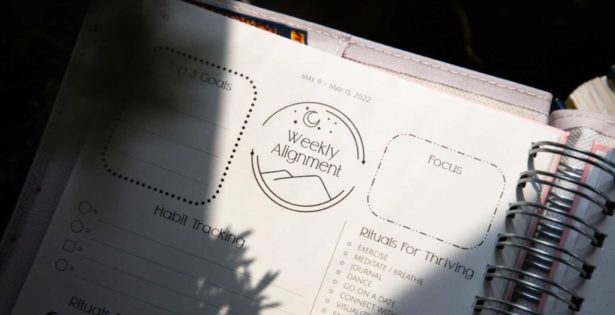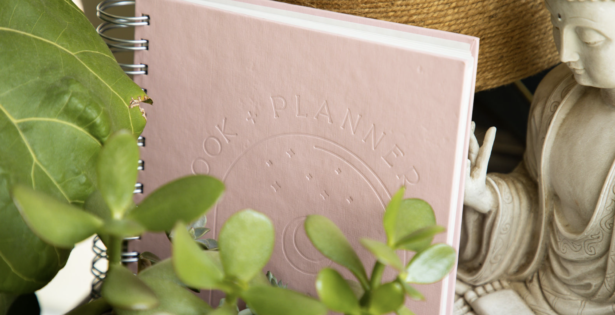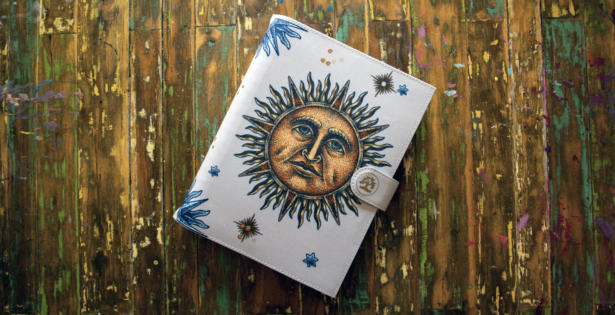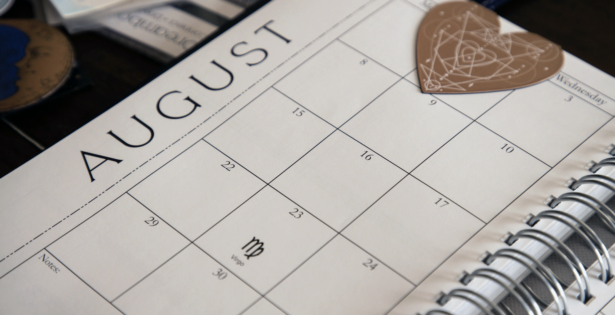When we read about historical figures or people in the news, it’s easy to get the message that it’s big things that make a life exceptional, that the individuals who… Read More
Dragontree Dreambook
The Antidote: Celebration
In working with the community that has developed around our Dreambook, Briana and I have encountered people looking for many different forms of life-optimization. While there’s plenty of guidance we… Read More
Level Up with the Dreambook
You are amazing. Let’s take it to the next level. I am always delighted to get unsolicited positive feedback about our books and courses. I save it all in an… Read More
How to Make Your Resolutions More Effective
As 2022 approaches, perhaps your mind has been on certain lifestyle changes you plan to make or some goals you intend to achieve over the next year. It’s important to… Read More
Turn Your Dreams into Choices
Several years ago, Briana asked me, “What are your dreams?” and I discovered there was a hitch in my thinking about dreams. Somehow “dreams” had come to represent crazy or… Read More
What I Don’t Want You to Know About Me
I once participated in a weekend training that included a process called “What I Don’t Want You To Know About Me.” We took turns standing up and telling the rest… Read More
Best Dreambook Ever
I’m not really an excitable type of person. I can’t remember the last time I jumped up and down while clapping my hands and making whooping noises (generally I perform… Read More
Make Good Habits Stick
A few years ago, we added a simple habit-tracking system in our ever popular Dreambook. Users can track up to four habits at a time, marking their progress on each… Read More
You are the Certainty in Uncertain Times
This time last year we were in the midst of the covid crisis, a race crisis, and an intense presidential race. I wrote that a good plan and a strong… Read More



 Cart
Cart








